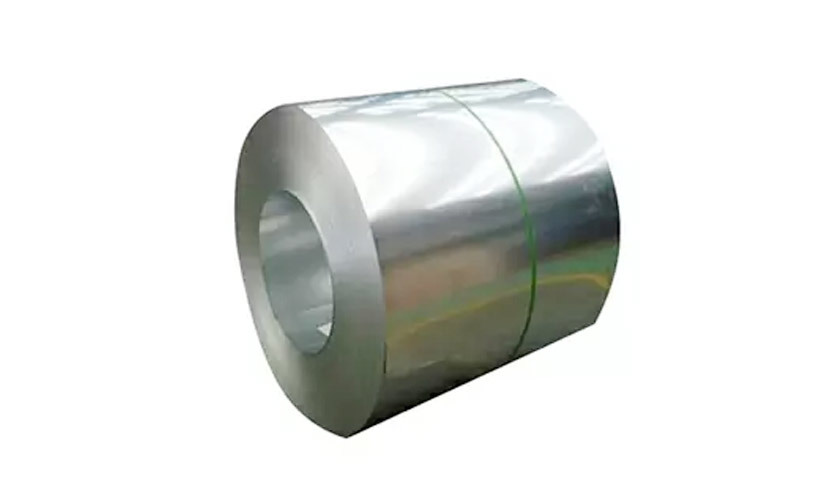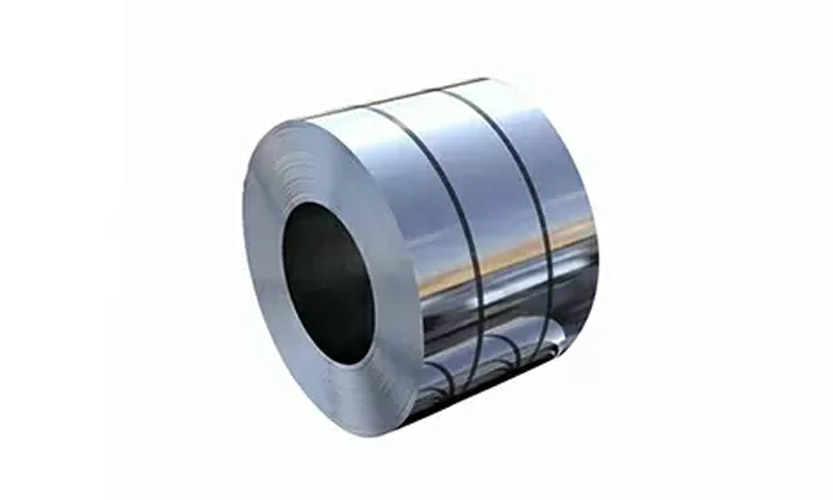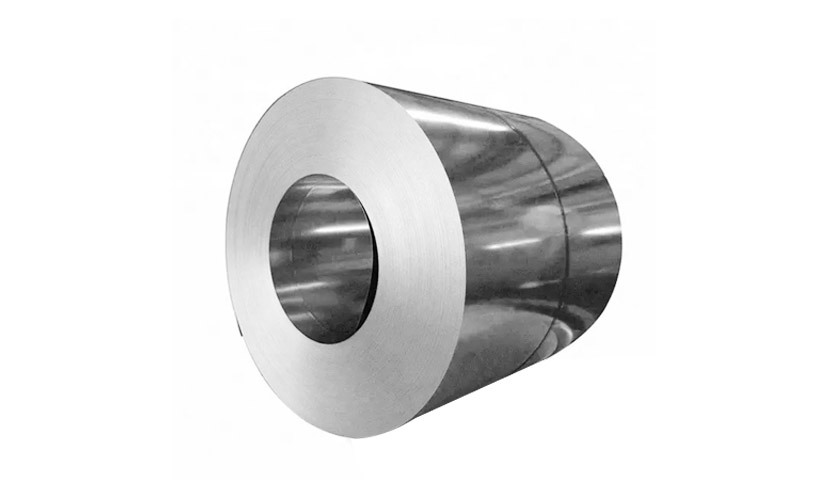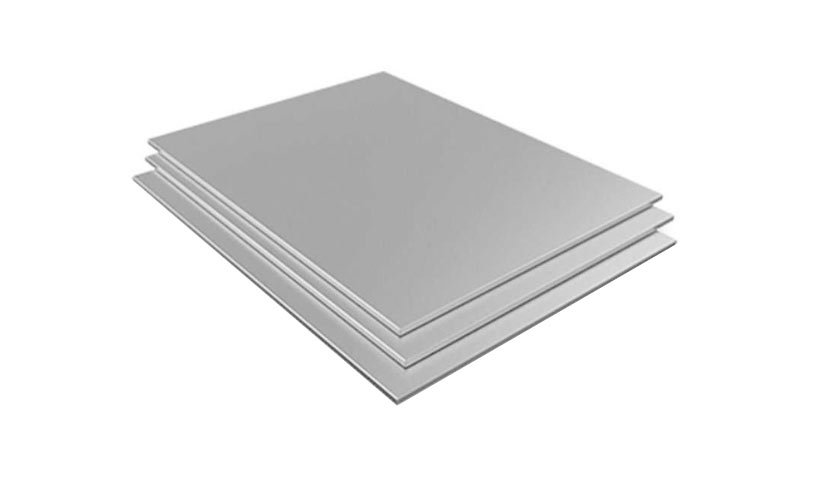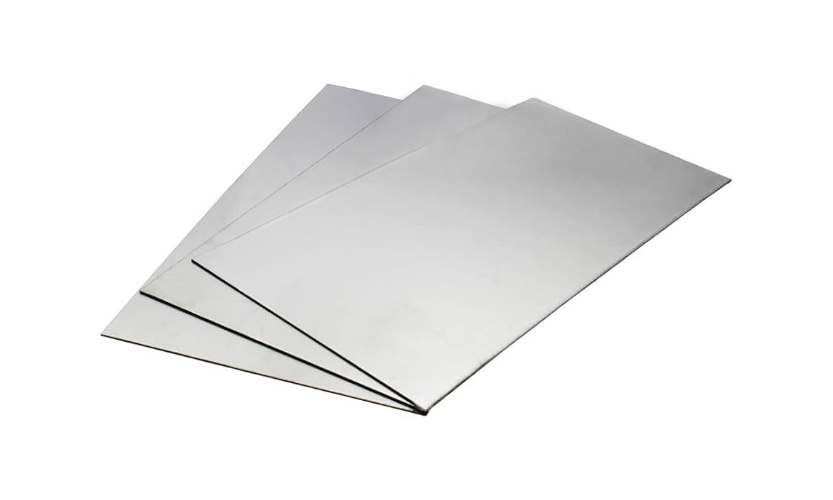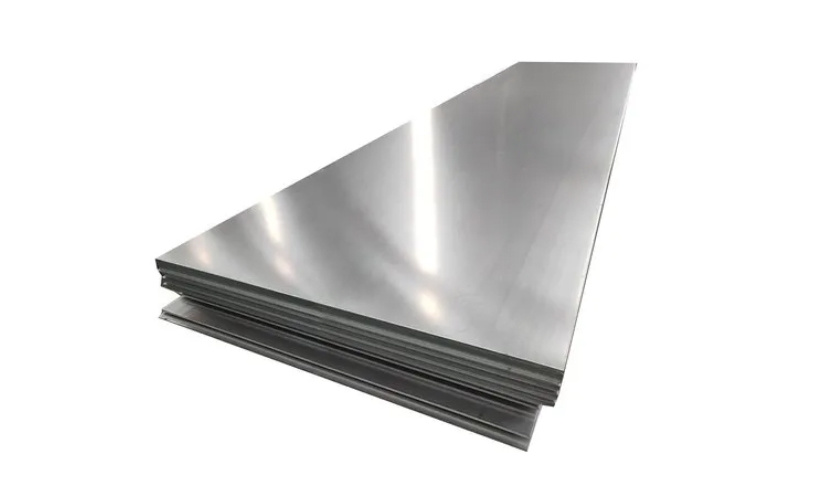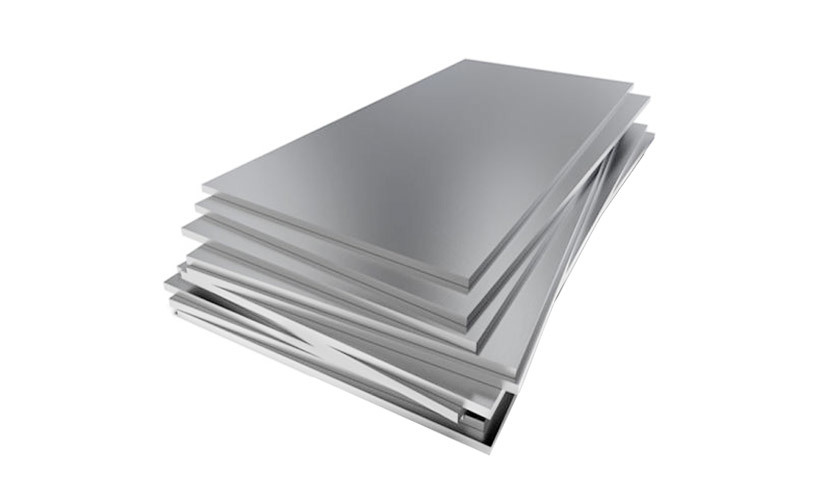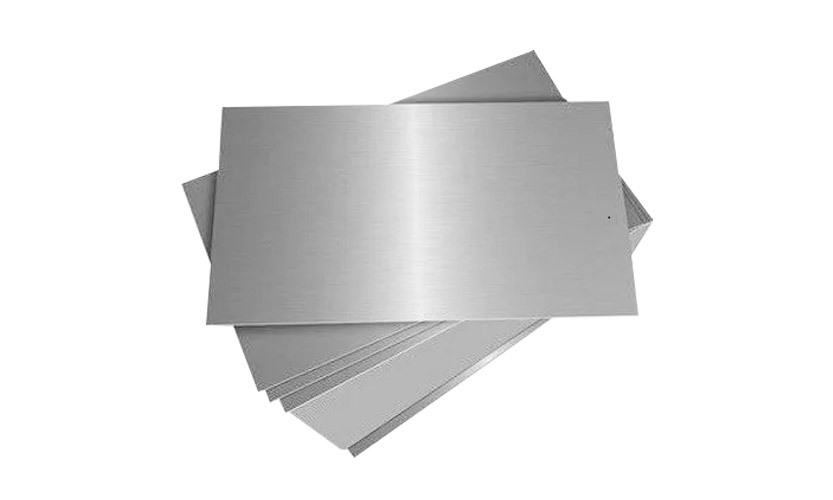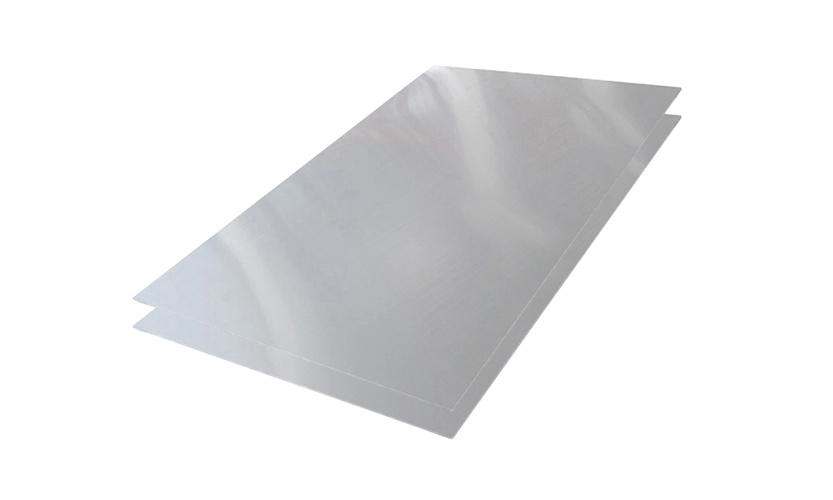PRODUCT CENTER
Alloy 410S (UNS S41008] is a low carbon, non-hardening moditication ot Alloy 410 (UNS S41000) the general purpose 12% chromium martensitic stainless steel. The low carbon and a small alloy addition minimize austenite formation at high temperatures which restricts the allovs ability to harden.
Stainless Steel Duplex 2205 is the most widely used duplex (ferritic /austenitic) stainless steel grade. t finds applications due toboth excelent corrosion resistance and high strength.
Alloy 2507 (UNs S32750) is a super duplex stainless steel containing 25% chromium, 4% molybdenum and 7% nickel. The steel has excellent resistance to chloride stress corrosion cracking, high thermal conductivity and low coefficient of thermal expansion. Commonly used in chemical process, petrochemical and seawater equipment.
201/201LN stainless steel is an austenitic steel. Its primary alloying elements are chromium, nickel, and magnesium. It shows excellent toughness at lower temperatures and is purposed across industries for use in appliances, restaurant equipment, sinks, automotive trim, and more.
304L stainless Steels lower carbon content helps minimize/eliminate carbide precipitation during the welding process. This allows 304L stainless steel to be used in the “as-welded” state, even in severely corrosive environments.
309 stainless steel has a higher corrosion resistance and strength compared to 304 stainless steel. This product is versatile and known for its high heat treatment capabilities.
Stainless steel 310/310S is an austenitic heat resistant alloy with excellent resistance to oxidation under mildly cyclic conditions through 2000°F. Stainless 310 is often used at cryogenic temperatures, with excellent toughness to -450°F, and low magnetic permeability.
310S stainless steel sheets is similar to stainless steel 310 apart from a lower content of carbon that reduces carbideprecipitation and enhances weldability. The soaring nickel and chromium contents of ss 310s plates offer similar corrosionresistance, higher resistance to oxidation and the holding of a superior portion of room temp potency than the usual austeniticsteel such as S304.
Type 316L stainless steel in a molybdenum bearing austenitic. It is more resistant to general corrosion and pitting than conventional nickel chromium stainless steels such as 302-304. It has the following characteristics:Higher creep resistance,Excellent formability,Rupture and tensile strength at high temperatures,Corrosion and pitting resistance.


